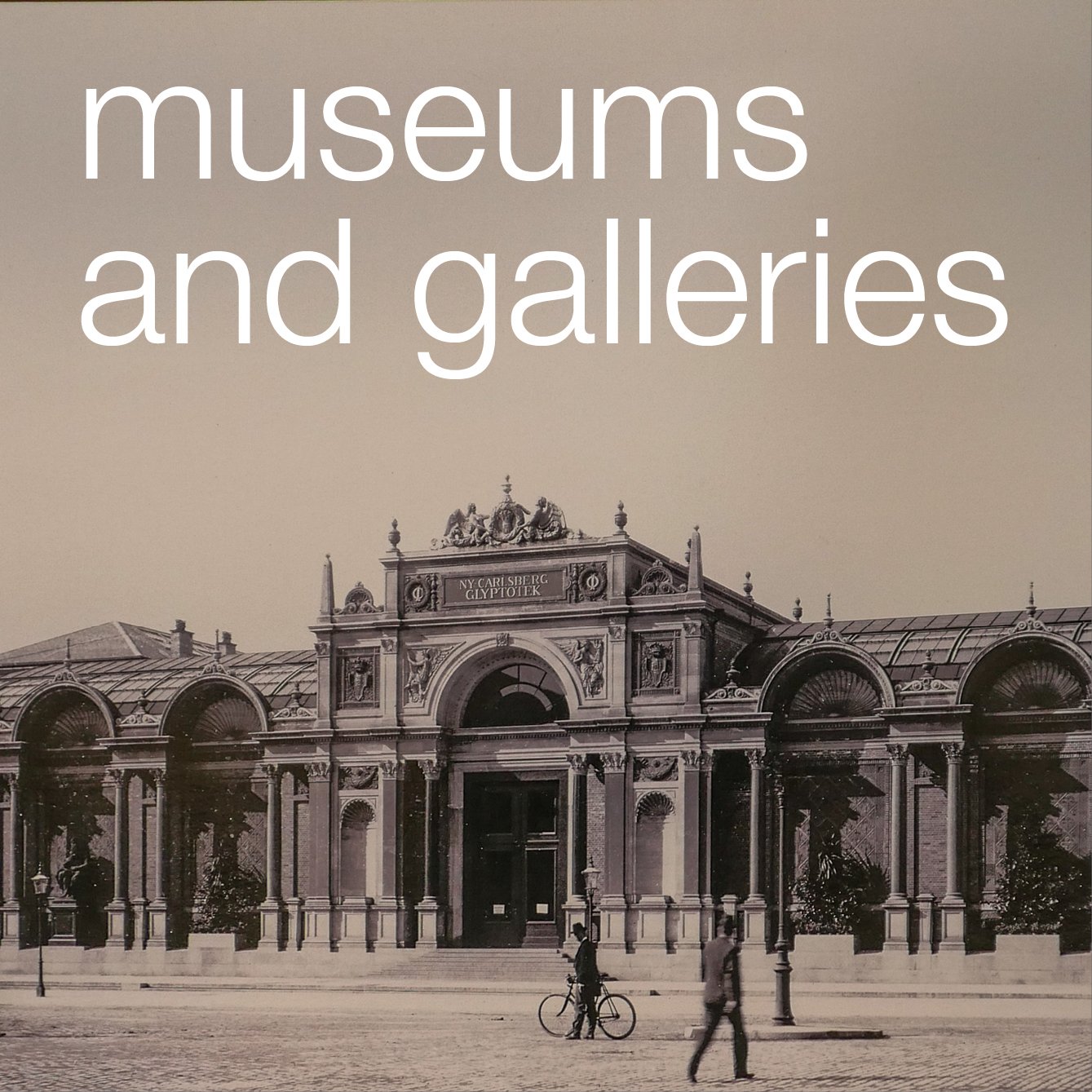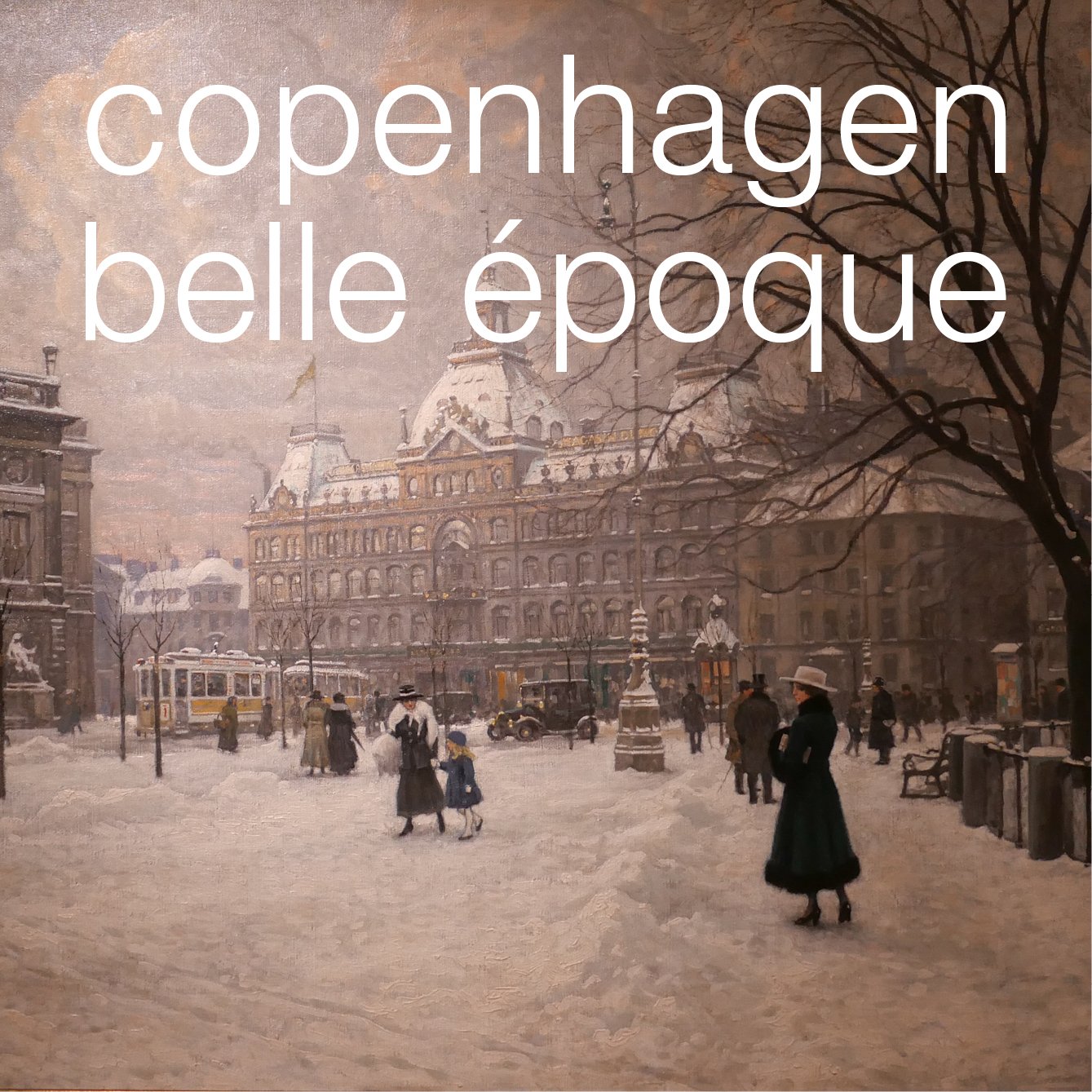just how difficult can it be to design a staircase?
/the recently remodelled staircases in the Illum store in Copenhagen
Well, actually, quite difficult.
A staircase is not just a major feature in any building but it can also be a particularly difficult part of the design to modify if other parts of the scheme are changed as the plan develops. It becomes a difficult game of consequences - change one part and another no longer works.
It might sound like stating the obvious but a staircase really does have to function well. A doorway can be slightly too narrow or a window sill too high and people grumble. If a staircase is too steep or too dark or the steps are irregular or too small then it is difficult to use easily and it might even be dangerous.
A design for a staircase normally has to start with the dimensions for the height and depth of a step - the tread and the riser - fixed by the average foot size and the average stride pattern so a tread of at least 300mm and a step up or riser of between 150 and 200mm. These can vary slightly from one staircase to another but not by much and they have to be consistent and ideally consistent through the full height of that staircase. Just watch how many people stumble at the top and bottom of an escalator if it has stopped moving so after a number of abnormally high steps you get into a rhythm for the stride and then hit two or three very shallow steps at the end. It is interesting that even though people clearly understand the escalator has stopped many still stumble.
The number of steps in a flight or often flights, if there are intermediate landings, is determined by the height between a floor and the levels of the floors immediately above and below. Curiously, of course, the thickness of any floor or ceiling structure is irrelevant … you climb not from the floor to the ceiling but from the floor to the level of the floor above.
Then there are general ideas about the acceptable width of each flight that have to be taken into account - narrow is fine on a back staircase but looks and feels inadequate or mean for a main staircase in a public building - and the need for handrails or not will influence a design and in many countries handrails are required to comply with planning laws.
the spiral staircase to one end of the atrium at the centre of the Copenhagen Business School - CBS Kilen by Lundgaard & Tranberg 2005. Elegant and complicated with wedge-shaped landings bridging across from the stair to the galleries. Note the leather covered handrail and the zig-zag of wire rather than rails or balusters as a clear appreciation of forms and style from the mid 20th century
The form of construction of a staircase has a major impact … so if the staircase has single straight flights, or has intermediate landings, or has an open stairwell or is built around a solid core these features of the plan and the implications for the way each type of staircase is constructed and will influence how the staircase looks and how it is used.
All that may sound very obvious but then the whole business becomes much more complicated when the position of the bottom and top steps of a staircase are determined by the position of doorways or there might be certain major alignments through a sequence of rooms in moving from the entrance to the main space within the building so, for instance, it is generally better to look up the first flight of the staircase as you approach from an entrance rather than going under the staircase and then doubling back although that can be more dramatic.
Finally, in terms of the staircase in the plan of a building overall, the staircase might be a circulation space, might be on an important route through the building and may be important simply because it has a role as a symbol of status. There are town houses and palaces with grand staircases that go up to humble and badly-designed rooms never to be seen by the public but a guest walking across the foot of the staircase and looking up is not to know that the primary function of the staircase is to impress them with what they think might be up stairs rather what is actually there. The architecture of deception is a whole subject in itself.
At the centre of the addition to the Royal Library by Schmidt Hammer & Lassen from 1999 is a dramatic double flight of moving pavements to get from the street level to the main first floor but from there up through the levels of the reading rooms are superbly designed 'secondary' staircases ... engineering design at its best. Note the precise cutting back of the glass at the end of the handrail because you might want or have to hold the end of the rail as you turn onto or come off the steps
Inevitably, any later modifications to the plan of a building will have an effect on the function of the staircase - many buildings have a long life and can be altered significantly as change of use or fashions mean that changes to staircases are necessary - so increasing the height of rooms on one floor will mean extra steps in the staircase that might mean a different position for the top or bottom step or both and having to move a doorway could mean it now lines up with the middle of a flight rather than a landing. So if the change to a room or sequence of rooms is more important than keeping the existing staircase then it is the stair that has to be altered or rebuilt.
To return briefly to the business of handrails, one way of judging the design of a staircase, as you walk up or down, just move your arm and hand out to the handrail. If you have to bend your elbow to move your hand upwards to reach the handrail or, worse, have to stoop down then there is something wrong with the design or, in some very interesting but relatively rare examples, you have proof that the steps were altered but no one got around to adjusting the position of the handrail. Judge an architect by how they deal with the handrail at landings or with the handrail when there are winders.
As the staircase is often the most expensive single fitting then replacing a staircase is rarely undertaken casually although having said that, staircases do follow changes of fashion and certainly reflect advancements in building technology so often updating a staircase and simply redecorating the rooms off a staircase in a more up-to-date style can transform a building even when the basic structure and layout remains much as built.
And one other problem, one that few people, other than architects and carpenters and builders, will appreciate, until it is pointed out, is that it is rash to see a staircase simply in terms of its plan … it has to be designed in three dimensions because there has to be adequate head room above anyone at all levels as they walk up and down.
Designing a staircase is always a complicated 3D puzzle.
Town Hall Lyngby by Ib Martin Jensen and Hans Erling Langkilde 1938-1941.
The staircase can also be the most difficult part of construction work as omitting or removing floor beams for the open space of the stair hall means weakening structural integrity and flights of steps and landings have to be properly supported. That is particularly important in a public building, where a large number of people can be on a staircase at the same time and curiously insist on walking on the outer edge of a flight to look up and down the stairwell rather than perhaps more sensibly walking close against the wall where any load can be best supported.
Theatres and opera houses usually have complicated staircases - not least because nearly everybody in the building is arriving and leaving at the same time and the main space is usually not a level floor but is sloping or raked. Do you come in at the bottom and walk up aisles to your seat or enter at the top row and walk down to your seat or are there entrance points at several levels?
A grand theatre will have grand staircases to take grand people up to private boxes or to a circle at first-floor level while lesser mortals will have to get up steep, narrow and often strictly functional staircases to upper levels and very often those staircases are accessed from a side street and not from the posh entrance foyer and of course there have to be staircases for performers to get up or down to the stage from dressing rooms or rehearsal spaces. Cinemas have similar problems but are usually more egalitarian although multi-screen cinemas create some interesting problems with controlling access to staircases.
One of the most interesting historic buildings I surveyed was a very early cinema in the north of England. It was interesting mainly for being one of those I-had-never-thought-about-that moments. The main public staircases were much as you would expect. It was the projection room that was interesting. The film was projected out through a narrow slot just above the heads of the top or back row of the balcony. The projection room was like a concrete box … well not like a concrete box … it was a concrete box … and the flight of steps up into the space was narrow with bare concrete steps and walls and being there felt like being in some sort of war-time bunke. And then I remembered that of course early film was nitrate celluloid that was highly flammable and serious accidents did happen if a projector - basically a large hot bulb - overheated. People did die in cinema fires. At least that is one problem that architects do not have to take into account now when designing the staircases in a new cinema.
Ny Carlsberg Glyptotek in Copenhagen was built between 1892 and 1906. The museum and gallery was extended in the 1990s when Henning Larsens built new galleries for the French collection almost as a free-standing building within a courtyard. The staircase to the galleries was constructed in the space between the new building and the external walls of the courtyard retaining arches and other features. The space is top lit so has a sense of ambiguity half interior half the feeling of being outside and the steps are shallow controlling the speed you walk up and down. Visitors slow down and tend to talk quite quietly so the design of the staircase sets a tone ...
Finally natural light on staircases can be difficult … if a stair window is behind you as you walk up a flight then it will throw a potentially dangerous shadow across the steps and if it is in front of you, shining down the flight, then people on the staircase can be momentarily confused if walking towards a bright light … and of course … in a building … any windows also have to fit with any wider and important design principle for the facade for the pattern or arrangement of the fenestration.
But get the design and the lighting right on a staircase and the experience of walking up and down the flights can lift not just the feet but the spirit as well.
So no … staircases are not easy to design.
note:
For a particularly good example of how you design staircases to get people up and down as quickly and as safely as possible … see an earlier post on the design of metro stations in Copenhagen.











